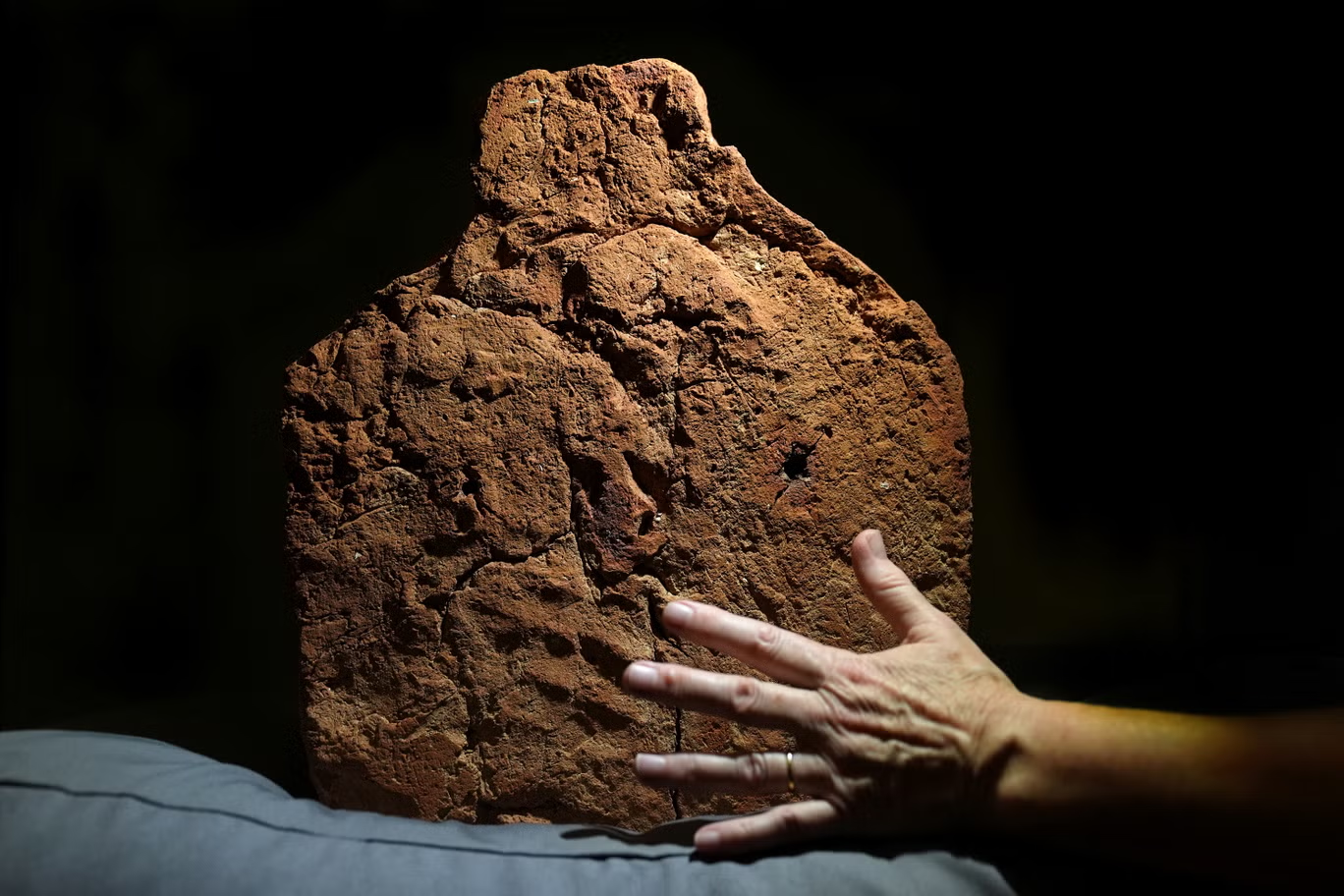News Flash
News Flash

LONDON, July 28, 2025 (BSS/AFP) - British researchers have discovered a rare handprint on a 4,000-year-old Egyptian artefact, a Cambridge museum said on Monday.
The ancient handprint was found by museum conservators on the base of an Egyptian soul house -- a clay offering tray in the shape of a building which may have been used in tombs for laying out food offerings or as a dwelling for souls.
The unique discovery was made after the piece, crafted between 2055-1650 BC, was examined by conservation staff in preparation for a new exhibition.
"I have never seen such a complete handprint on an Egyptian object before," said Helen Strudwick, senior curator and egyptologist at the Fitzwilliam Museum in Cambridge.
The handprint was left by the maker of the soul house, when they picked it up before drying and firing the clay.
"When you see something like this, you feel very close to the person who left their mark on an object," Strudwick said, describing the finding to AFP as an "exciting moment".
"You can see all the fingers, and also where the heel of the hand rested," she said.
The rare artifact will be on display at the museum's Made in Ancient Egypt exhibition which opens on October 3.
The exhibition will focus on the makers of Egyptian artifacts such as jewellery, ceramics and sculptures.
It is important to understand how the ancient objects were made "in order to look after them properly," the curator said.
The museum in southeast England has been researching how the artifacts were created since 2014, but little is known about the potters that worked in Ancient Egypt.
Since pottery was seen as having a low value, Egyptian potters may have been accorded a lower social status than other craftspeople.
"We can't really say anything about the identity of the person from the handprint. It is quite small -- about the same size as my own hand," said Strudwick.
"If this is a man's handprint, it's possible that -- given the scale of it -- he was a younger person, or it may be that a more junior person in the workshop was responsible for moving these objects out to dry," she speculated.
Strudwick says the history of Egyptian craftspeople was often overlooked by researchers.
But with new research methods, "we are able to know more and more about how they worked, lived and how they wanted to be remembered for all time," she said.
The exhibition will include a large loan of antiquities from the Louvre museum in France, the most significant of its kind to visit the UK in almost 20 years.